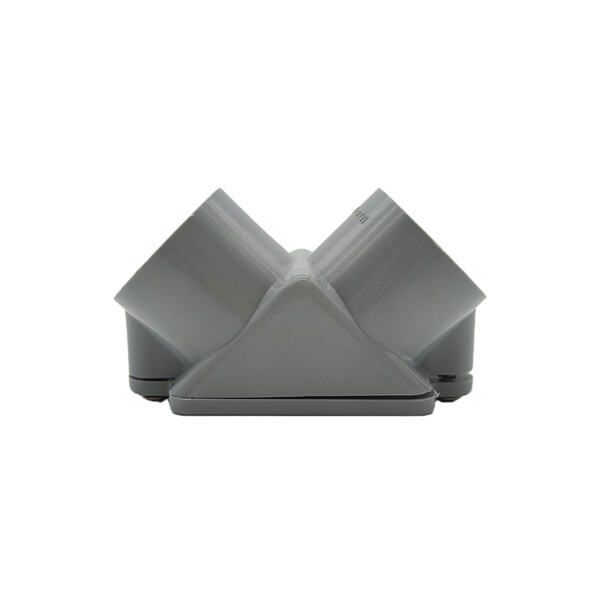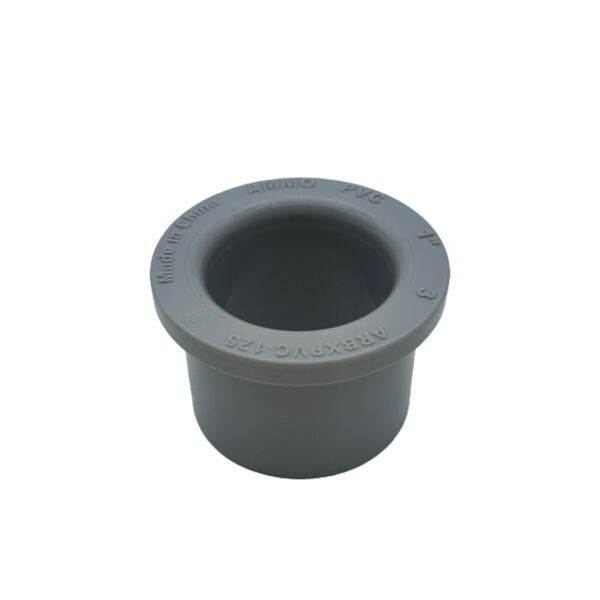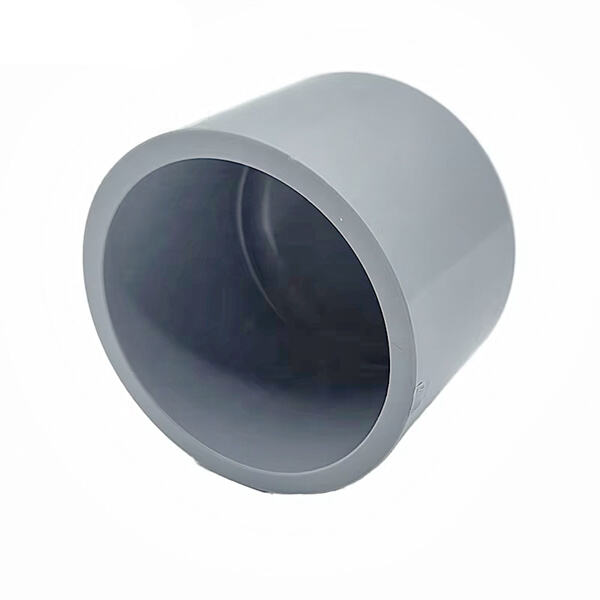There are many different parts and pieces of it you should familiarize yourself with as well, and one of the most important includes knowing the types of electrical work. One part is conduit fittings. Conduit fittings are like puzzle pieces in the way they fit together to connect wires and protect them. There are various types of conduit fittings for different purposes. Let’s delve into different types of conduit fittings and how to select the right type for your project.
Any way, shape or size, and they all have a different application. Conduit fittings are used in various conduit systems including those in industrial and commercial applications. Connectors are used to attach two lengths of conduit, and couplings are used to extend a run of conduit. The conduit direction is changed with the aid of elbows, while reductions are facilitated through bushings.
So let's take a closer look at the various Anita conduit fittings. The connectors can be straight- or right-angle depending on your electrical system layout. Couplings are available in various sizes to fit various conduit sizes. Elbows are available in varying angles, including 90 degree, 45 degree, and 30 degree, to help steer the right way in your conduit system. Bushings are an absolute necessity to help protect your wires from that push back from bare sheet metal as well as help to secure what should be a nice, snug fit.

When choosing Anita conduit fittings, size is a key factor, along with how your electrical system will be laid out and the specific needs of your project. Be sure to select electrical conduit fittings next to your conduit size and type. Weather resistance and durability are also something to think about if your electrical work will be exposed to the elements. You can also consult an expert or do some research to help you find the best conduit fittings you’ll need.

Dealing with conduit fittings can be a bit challenging, but when the tips and tricks are mastered, you can get by with it You need to ensure a hassle-free installation with a proper system of conduit fittings. Whichever size you go for, measure and cut your conduit correctly so you achieve a good fit. Lubricate when installing fittings to prevent sticking. Fasten fittings with screws or straps to keep them from getting knocked loose.

Correct installation of Anita pvc conduit fittings is vital to the safety and performance of your electrical system. Always check fittings for signs of wear or damage, repair or replace worn or damaged fittings before using. You are recommended to install and operate in accordance with the instructions and operating requirements of the manufacturer to avoid overloading and overheating. And make sure you tag your conduit fittings, so you can easily maintain and service them in the future, if necessary.